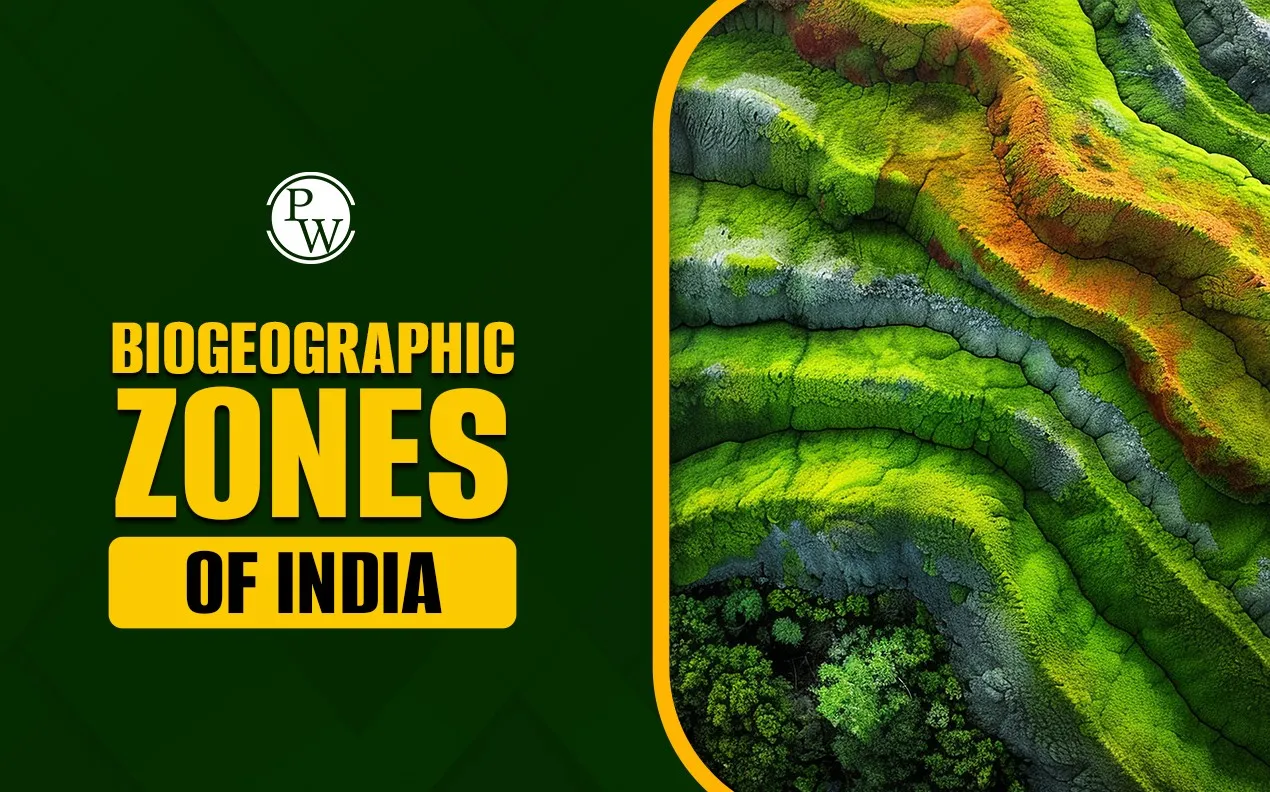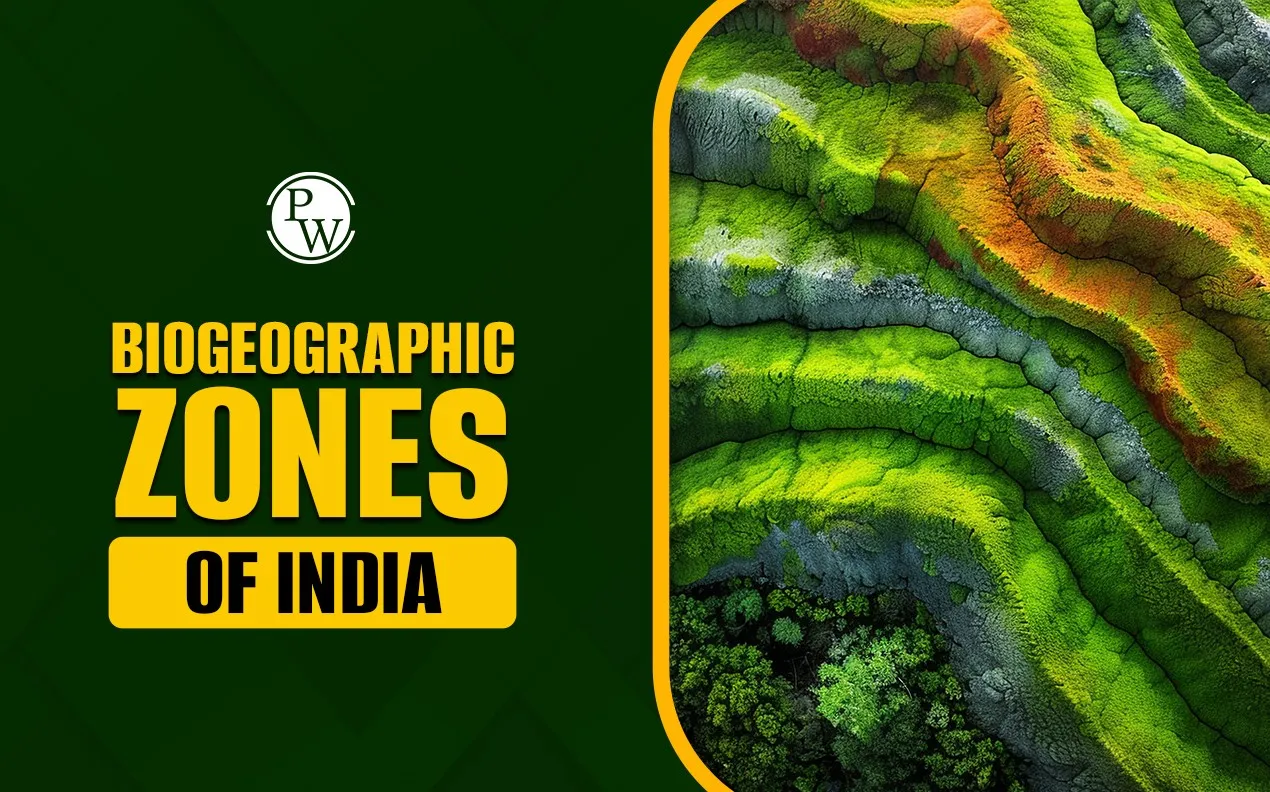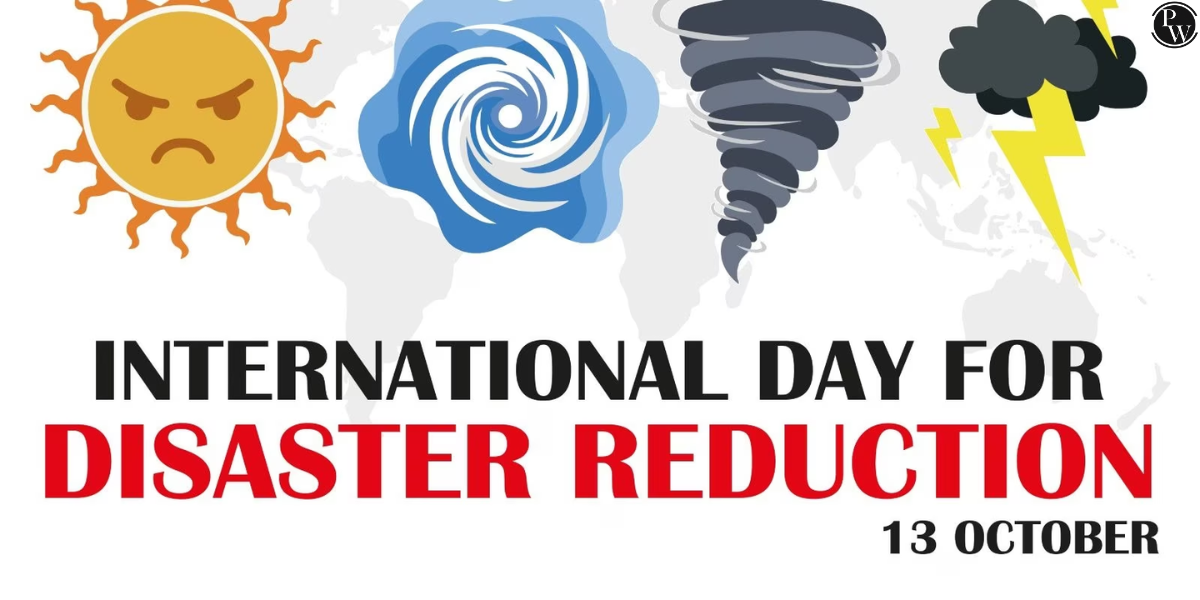

Biogeographic zones of India reflect the country's vast climatic, topographical, and biological diversity. From the snow-covered Himalayas to the sunny coastal plains, every region has unique plants, animals, and climates. To understand and protect these ecosystems better, scientists have divided the country into 10 biogeographic zones. Keep reading to learn more!
What are Biogeographic Zones of India?
India's location makes it one of the richest biodiversity areas in the world. It sits at the junction of three major biological realms: Indo-Malayan, Eurasian, and Afro-tropical. Due to this unique position, we find different types of forests, deserts, mountains, coasts, islands, and rivers.
Biogeographic zones of India are large natural regions that share similar climate, animals, plants, and geography. India has 10 such zones. Each zone has smaller areas called biotic provinces. These biogeographic zones were defined in 1986 by Rogers and Panwar from the Wildlife Institute of India (WII).
Here are the three main factors used to divide these zones:
-
Geography (like mountains, rivers, deserts)
-
Climate (like temperature, rainfall)
-
Biodiversity (types of plants and animals)
Studying each of these biogeographic zones of India is crucial for protecting our environment and planning sustainable development.
List of 10 Biogeographic Zones of India
India has been divided into 10 biogeographic zones, each with its own distinct natural features. Each of these biogeographic zones of India holds great ecological value:
1. Trans-Himalaya (5.6%)
-
Location: Lies north of the Great Himalayas, covering Ladakh and parts of Jammu & Kashmir and Himachal Pradesh.
-
Climate: Extremely cold, arid, and dry with low rainfall and harsh winters.
-
Vegetation: Sparse alpine and cold desert vegetation; dominated by grasses, shrubs, and hardy plants.
-
Wildlife: Home to unique species like the snow leopard, Tibetan antelope (chiru), wild yak, and Himalayan wolf.
2. Himalaya (6.4%)
-
Location: Extends across Jammu & Kashmir, Himachal Pradesh, Uttarakhand, Sikkim, Arunachal Pradesh, and West Bengal.
-
Climate: Ranges from subtropical in the foothills to alpine and tundra at higher elevations.
-
Vegetation: Rich in forests-subtropical, temperate, and alpine; includes rhododendron, pine, fir, and deodar.
-
Wildlife: Habitats for red panda, Himalayan tahr, musk deer, and pheasants.
3. Desert (6.5%)
-
Location: Covers the Thar Desert in Rajasthan and parts of Gujarat.
-
Climate: Extremely hot and dry with very low rainfall.
-
Vegetation: Sparse, drought-resistant plants like cacti, acacia, and thorny bushes.
-
Wildlife: Adapted species such as the Indian gazelle (chinkara), desert fox, and great Indian bustard.
4. Semi-Arid Zone (16.6%)
-
Location: Lies between the desert and the Western Ghats, covering parts of Gujarat, Rajasthan, Maharashtra, and Karnataka.
-
Climate: Hot and dry, but receives more rainfall than the desert.
-
Vegetation: Grasslands, thorn forests, and scrublands.
-
Wildlife: Blackbuck, Indian wolf, nilgai, and various birds.
5. Western Ghats (4%)
-
Location: Runs parallel to the western coast of India from Gujarat to Kerala.
-
Climate: High rainfall, tropical and subtropical.
-
Vegetation: Dense evergreen, semi-evergreen, and moist deciduous forests (UNESCO World Heritage Site).
-
Wildlife: High endemism; includes lion-tailed macaque, Malabar civet, and Nilgiri tahr.
6. Deccan Peninsula (41.9%)
-
Location: Covers most of central and southern India.
-
Climate: Semi-arid to sub-humid; experiences distinct wet and dry seasons.
-
Vegetation: Dry and moist deciduous forests, scrublands.
-
Wildlife: Sloth bear, Indian giant squirrel, and wild dog (dhole).
Also Check, International Day for Biological Diversity 2025
7. Gangetic Plain (10.8%)
-
Location: Stretches across northern India from Punjab to West Bengal.
-
Climate: Subtropical, with hot summers, cool winters, and monsoon rains.
-
Vegetation: Fertile alluvial soils; supports grasslands, wetlands, and riparian forests.
-
Wildlife: Ganges river dolphin, swamp deer, and various waterfowl.
8. North-East India (5.2%)
-
Location: Includes the states of Assam, Arunachal Pradesh, Manipur, Meghalaya, Mizoram, Nagaland, Tripura, and Sikkim.
-
Climate: Humid, with heavy rainfall and mild temperatures.
-
Vegetation: Dense tropical and subtropical forests; bamboo and cane are common.
-
Wildlife: One-horned rhinoceros, hoolock gibbon, and clouded leopard.
9. Coastal Zones (2.5%)
-
Location: Stretches along the eastern and western coasts of India.
-
Climate: Tropical, humid, and influenced by the sea.
-
Vegetation: Mangroves, littoral forests, and sandy beaches.
-
Wildlife: Olive ridley turtles, saltwater crocodiles, and various shorebirds.
10. Islands (0.7%)
-
Location: Andaman & Nicobar Islands in the Bay of Bengal, Lakshadweep in the Arabian Sea.
-
Climate: Tropical, warm, and humid with heavy rainfall.
-
Vegetation: Tropical rainforests, mangroves, and coral reefs.
-
Wildlife: Endemic species like the Andaman wild pig, Nicobar megapode, and coconut crab.
Challenges Faced by Diverse Biogeographic Zones of India
The biogeographic zones of India face several serious threats. Some of the key challenges that harm biodiversity, damage ecosystems, and make conservation difficult are as follows:
-
Deforestation: Cutting down forests for farming, roads, and cities affects almost every biogeographic zone. It leads to soil erosion, habitat loss, and changes in rainfall.
-
Climate Change: Rising temperatures and shifting rainfall patterns are changing ecosystems. For example, Himalayan glaciers are melting, and coastal areas are facing sea-level rise.
-
Habitat Loss: Construction of roads, dams, and cities is reducing the natural homes of many animals. This is especially dangerous in zones like the Western Ghats and North-East India.
-
Pollution: Water, air, and soil pollution affect every biogeographic zone of India. Industrial waste, plastic, and chemicals harm plants, animals, and humans.
-
Mining and Quarrying: Extracting minerals and stones destroys land and forests. It also pollutes water sources and harms wildlife.
-
Poor Policy Implementation: Even when rules exist, they are not always followed. Corruption, lack of funds, and weak enforcement make things worse.
In conclusion, the biogeographic zones of India show us how rich and diverse our natural world is. Each zone is special and needs care to help protect our environment for future generations.
Want to crack UPSC and learn more about India’s environment? Explore PW’s UPSC Courses today and boost your preparation!
Biogeographic Zones of India FAQs
What are biogeographic zones?
How many biogeographic zones are there in India?
Why are biogeographic zones important?
Which is the richest biogeographic zone in India?
What are the main threats to biogeographic zones?

UPSC Coaching












